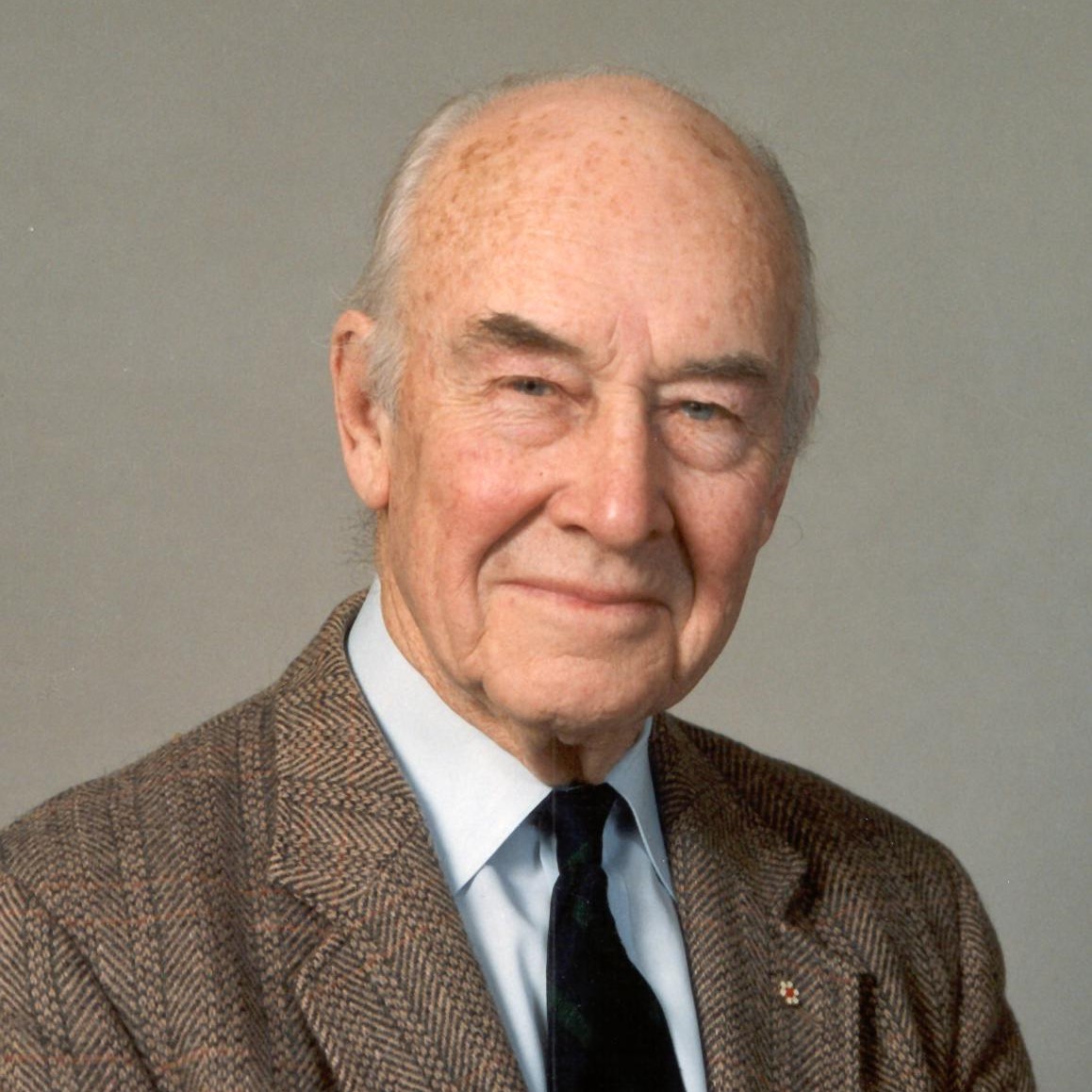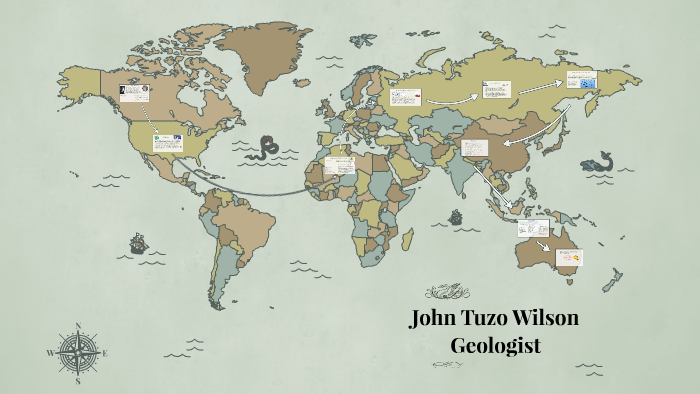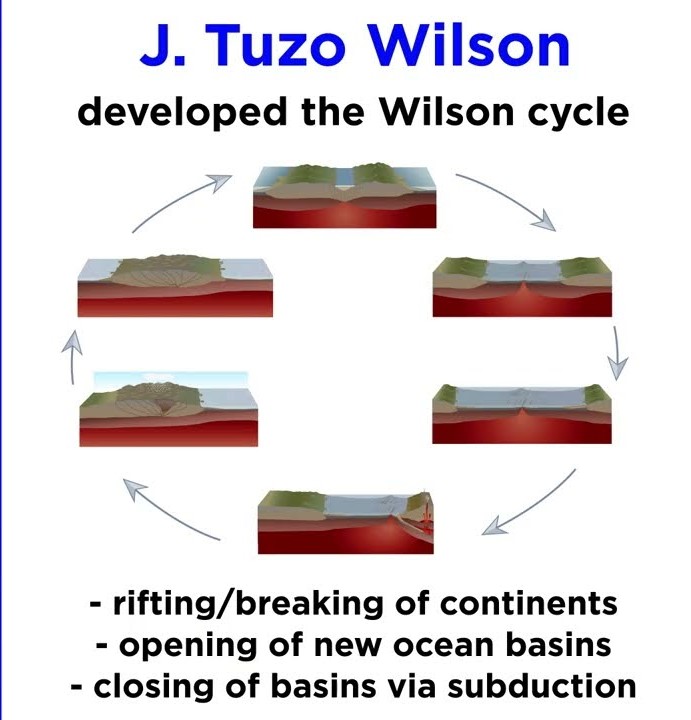
John Tuzo Wilson
John Tuzo Wilson, likely one of the most important geologists in history, was born on the 24th of October in 1908 in Ottawa, Ontario, Canada. He earlier on had a passion for geology and he produced great findings about the earth crust.

Wilson acquired his geology major from the University of Toronto, and Ph. D. degree in geophysics from the Princeton University. His work on the lithospheric plate motion was the climax to the idea in 1965 of a new transform faults. These major strike-slip faults that form part of mid-ocean ridges gave an account of relative movement of the tectonic plates.

Further, Wilson who built the theory of plate tectonics, also proposed the hot spot theory, regarding the emergence of the chain of volcanic islands like Hawaiian ones, because of the movement of plates over the fixed plumes in mantle.

Wilson’s research works also featured the Canadian Shield and the Mid-Atlantic Ridge whereby more light was shed on these structures. His achievements got him membership and top positions in some of the most distinguished societies such as the Royal Society of Canada, the Royal Society of London, and the American Geophysical Union.


Holding a position of the educator, Wilson was a professor at the Ontario Division of the Geological Survey of Canada and the University of Toronto.
In the field of geophysics, geology and especially in the theory of plate tectonics the work of John Tuzo Wilson can be considered nothing less than pioneering. His findings still remain relevant in the analysis of the constantly changing crust of the earth and challenges the next generation of science learners toward the pursuit of the study of geology.